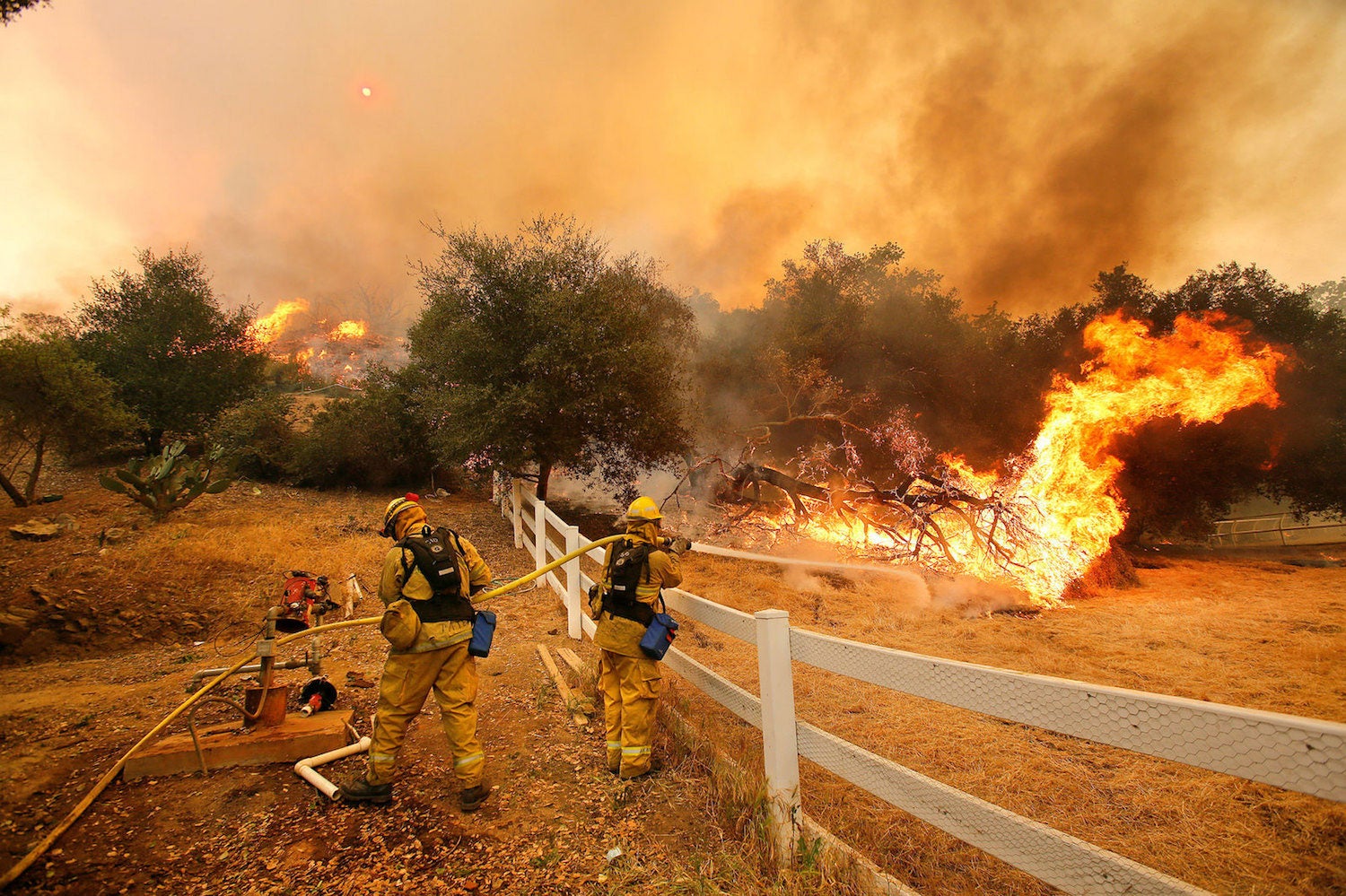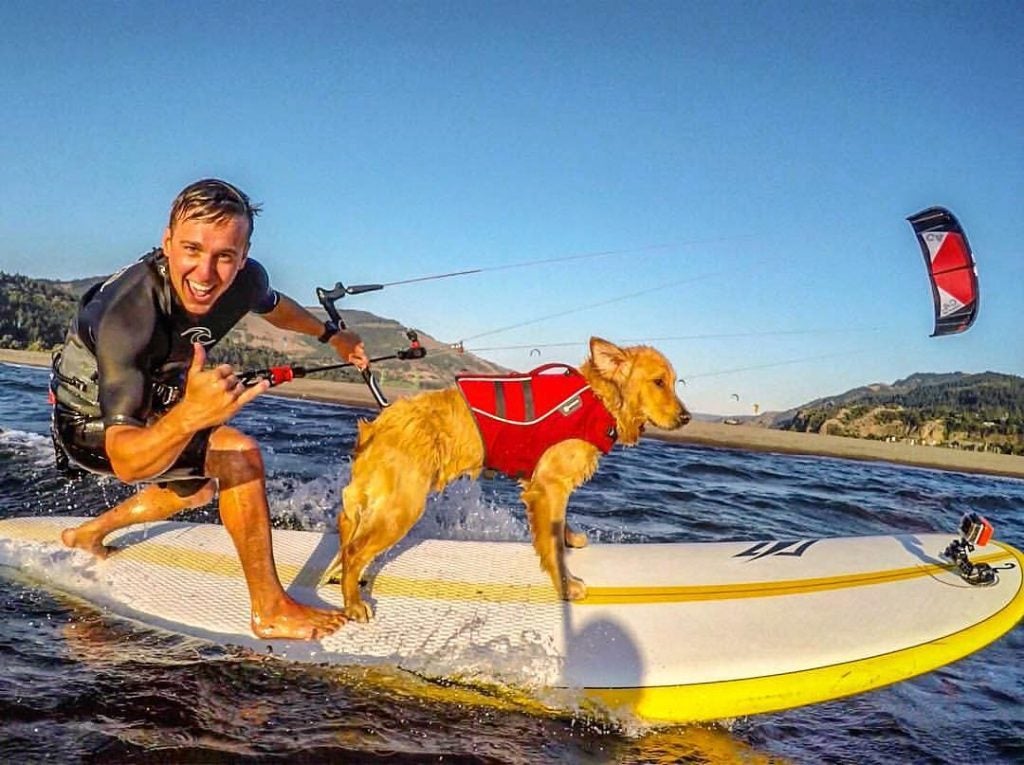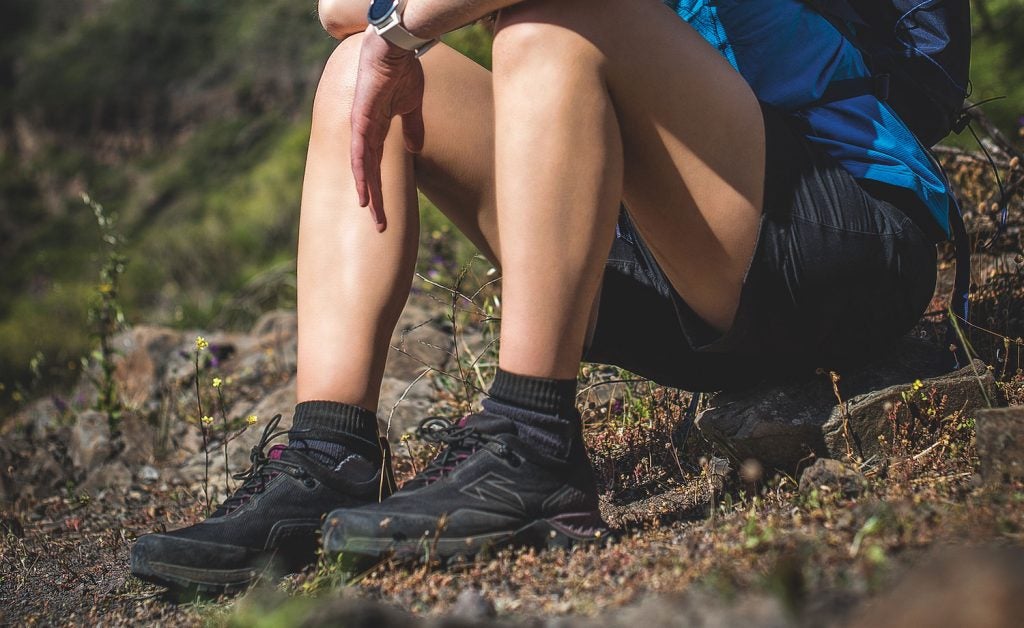…and how to avoid them.
The wildfire that has scorched the western half of Glacier National Park over the past two weeks is a rarity these days — a fire sparked by natural causes, rather than human carelessness.
A recent study revealed that a whopping 84% of wildfires are started by people. Sometimes a campfire is the cause, like the 2011 Wallow Fire, which remains the largest ever in Arizona state history.
But campfires are not the only cause of human-started forest fires. Whether we’re relaxing at a campground or trying to go about our daily routines at home or in the city, there are all sorts of ways that people can start a major blaze.
Wildfires aren’t going away any time soon. That’s actually a good thing, in that many ecosystems in the American West rely on occasional wildfires to keep flora and fauna in balance. Natural wildfire like the Glacier National Park fire is an important part of the forest’s natural lifecycle. In fact, too much fire suppression can result in overgrowth that can make fires worse when they do occur.
Regardless of how they start, however, wildfires are a serious health and safety concern. That’s what makes it so hard for the companies and government agencies in charge of forest management to strike a balance that allows fires to play their necessary role without putting communities at risk.
The Consequences of Wildfires
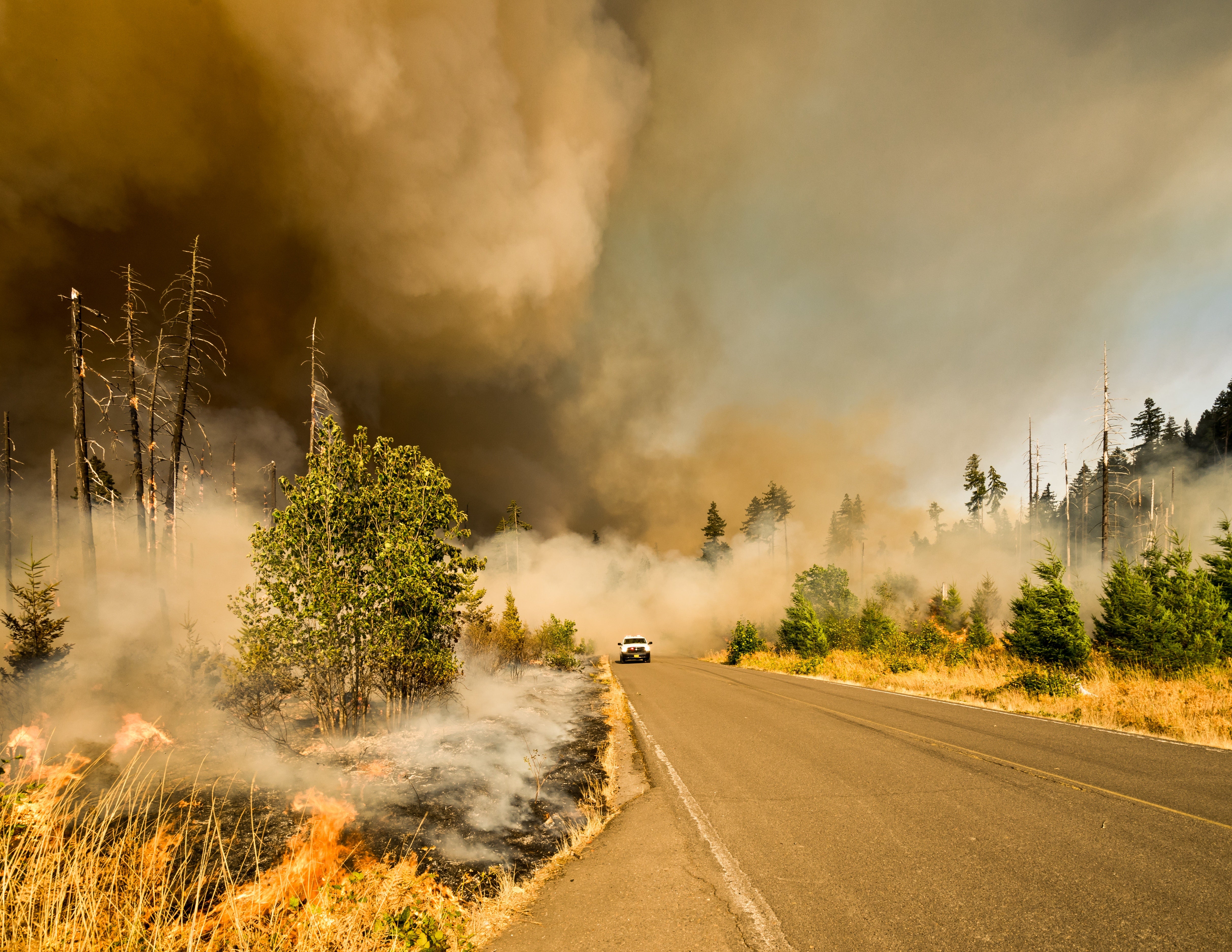
The numerous wildfires burning throughout the West right now have had a major impact not just on wild places, but big cities, too. Not only have these fires cost millions of dollars to fight, and millions more in property damage, lost tourism, and business disruption, they’ve also created massive amounts of smoke. Those clouds of wildfire smoke have reduced air quality in major metropolitan areas, putting Seattle, Portland, and Spokane on par with notoriously smoggy cities like Beijing and Dubai.
That’s bad news for everyone, but especially those with chronic health conditions and disabilities, the elderly, and small children. It also means you might be reluctant to get outside and embrace nature during what’s usually a very pretty, enjoyable time of year.
Yosemite lost an unprecedented amount of revenue this summer when it had to shut down due to wildfires and smoke (it’s back open, though, and you can check the latest conditions on their webcam). Businesses around Glacier National Park–not to mention the lodges, hotels and shops in the park, too–have all missed out on some of the tourism dollars they depend on. Last year, footage went viral of California neighborhoods completely charred and reduced to rubble.
Whether it’s caused by man or not, the consequences of these giant blazes are real. You can’t control the lightning, but you can control the cars, guns, fireworks, power tools, and cigarettes that cause the vast majority of wildfires.
How to Camp Responsibly During Wildfire Season
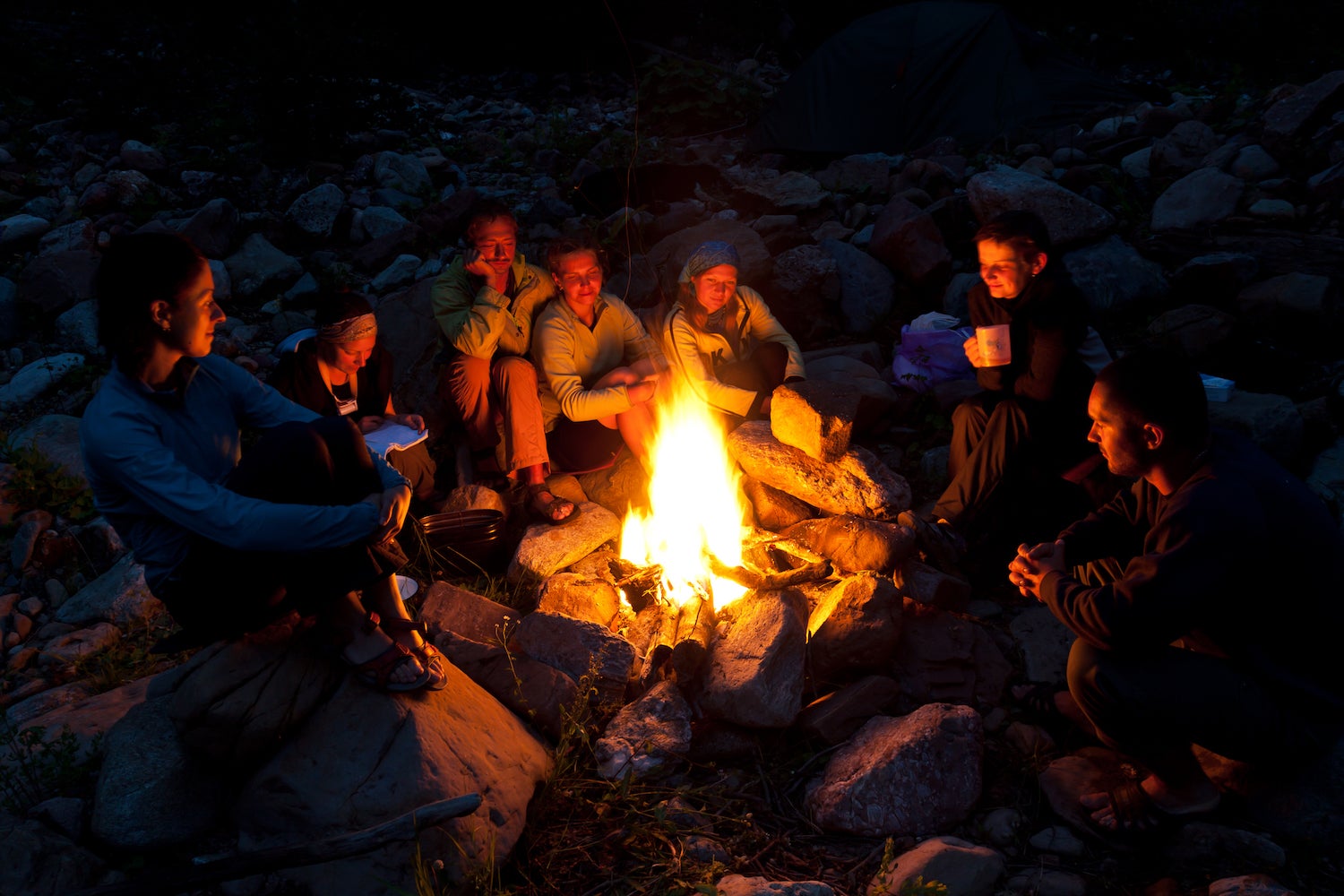
Next time you go camping, hiking, hunting, off-roading, climbing, or otherwise outside for a little fun, remember these tips on how to camp responsibly during fire season. Whether there’s an active fire risk or not, these potential causes of wildfire are good to be aware of year round.
Instances of arson aside, people typically don’t intend to start wildfires. All it takes is a few seconds of carelessness for a well-meaning human to start a serious problem.
Washington Wildfires Were Started by Firearms

The State of Washington banned the use of firearms on public lands in August of 2018 for any purpose other than hunting, citing concerns about fire. According to Washington’s Department of Natural Resources, target practice is the cause of an average of 22 fires each year, just on public lands. The ban will last as long as there is a significant risk of fire, which depends on when the Pacific Northwest’s rainy season starts in earnest.
The risk of firearms and wildfire extends beyond Washington. Several studies have shown that all types of bullets are capable of causing sparks that can start fires, especially if they strike something made of metal or rock. That means a seemingly fire-free activity like shooting at tin cans or near metal objects or natural features isn’t the best idea when there’s a fire risk.
The Forest Service has guidelines for how firearms should be used at different levels of fire danger. At the Stage II Fire Restriction level, it’s illegal to discharge a firearm, air rifle, or gas gun on forest service property unless you’re engaged in a lawful hunt or at an approved shooting range. Even then, you might want to consider another activity that day.
If there’s no restriction or ban and you really want to make a trip to the shooting range despite moderate fire risk, avoid grassy areas and bring the same tools you’d use to put out a campfire, like a shovel and a few extra gallons of water. You can never be too careful, especially when guns are involved.
Cars Have Sparked California Forest Fires and Others
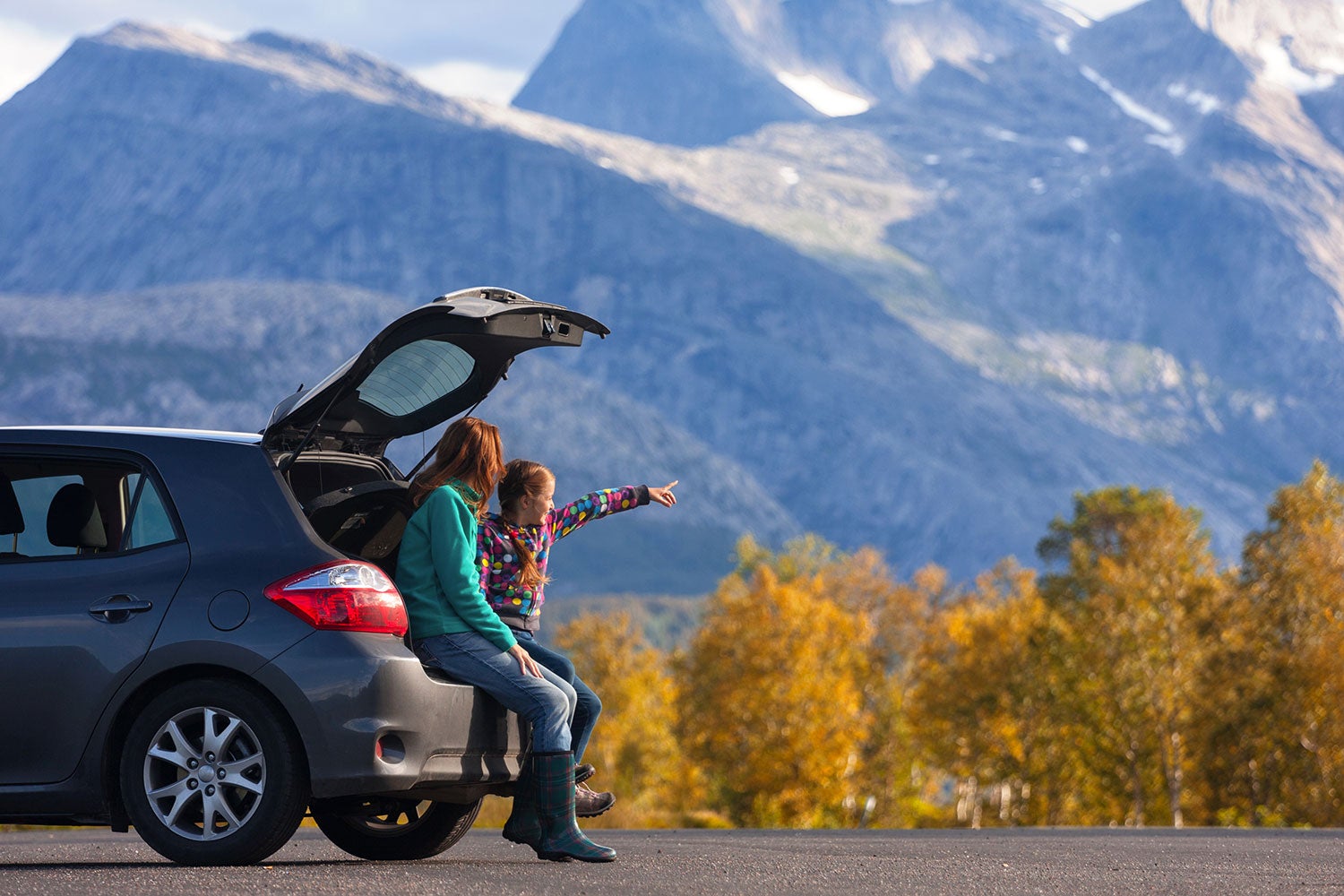
There are all sorts of ways your car, motorcycle, or off-highway vehicle can start a blaze. Safety chains can drag on the pavement, creating sparks. The undercarriage can become very hot after use and could spark brush underneath the vehicle once you park.
Your exhaust system might cast out sparks, too. Hot oil could splatter. The car itself could catch on fire unexpectedly. You could even blow a tire and create sparks as you try to brake while the wheel rim is grinding the road.
While you can’t control every possible scenario in which your car might start a wildfire, you can take some precautions.
It’s wise to outfit dirt bikes, ATVs, and other vehicles that are routinely driven in wilderness areas with spark arrestors. These devices are fairly inexpensive and can cut down on the fire risk from your exhaust system. In addition to outfitting your recreational vehicle or OHV with a spark arrestor, you can also get these devices for street-legal cars, trucks, and motorcycles. Don’t assume your muffler or catalytic converter will do the job (actually, catalytic converters can sometimes be the problem if they fail on an older vehicle).
Spark arrestors were actually developed hand in hand with our national parks system and public lands. As railroads moved west, their smokestacks were responsible for numerous fires, prompting the development of spark arrestors for steam trains.
Eventually they became after market devices for the average driver. If you live or regularly visit a fire-prone area, a spark arrestor could prevent a lot of damage, and keep you from getting hit with a nasty fine for wildfire-related negligence.
Power Tools, Lawn Mowers, and Yard Equipment Started These California Forest Fires
Walk through your local hardware store and you’ll see dozens of time and labor saving tools that, unfortunately, can cast sparks. From your table saw to angle grinders to welding equipment, there’s plenty of ways a home improvement project, contracting job, or day on site can start a blaze.
The National Forest Service fire guidelines stipulate that once Stage II Restrictions are in place, it’s illegal to use chainsaws or other tools with internal combustion engines.
That means no leaf blowers, gas-powered drills, compressors, saws, hedge trimmers, or lawn mowers.
Just in 2018, multiple fires were caused outside of Sacramento, California by lawn mowers and power tools, including the 825 acre Irish Fire.
Be mindful if you’re trying to make a repair to your cabin, gear, or vehicle at a campground or if you run a generator, water pump, or heater as part of your RV, vanlife, or overlanding setup. Solar power for camping is safer, and you don’t have to deal with the noise and fumes, or worry about what might go wrong if you need to keep things powered while you sleep. It’s the same reasoning behind the move from kerosene lanterns to battery-powered headlamps.
Fireworks Led to Utah and Oregon Wildfire
In the fall of 2017, a teenager shooting fireworks in the Columbia River Gorge ignited the infamous Eagle Creek Fire near Portland, Oregon. The reckless act caused millions of dollars in damage and closed numerous beloved trails, including some around iconic Multnomah Falls, impacting tourism.
Related Reading:
The Columbia River Gorge: Summer 2018 Restoration Update
With severe droughts continuing across the west, many communities in California, Colorado, Arizona and other states cancelled their fireworks displays this year on the Fourth of July and for other municipal celebrations. If the professionals aren’t busting out the pyrotechnics, chances are you shouldn’t be either.
The choice might be made for you, however, as many communities adjust their fireworks regulations. Some towns, including Park City, Utah, have banned fireworks entirely, even where they were previously legal. The risk of wildfire and property damage is just too high.
Cigarettes Have Set Fires in Colorado and Canada
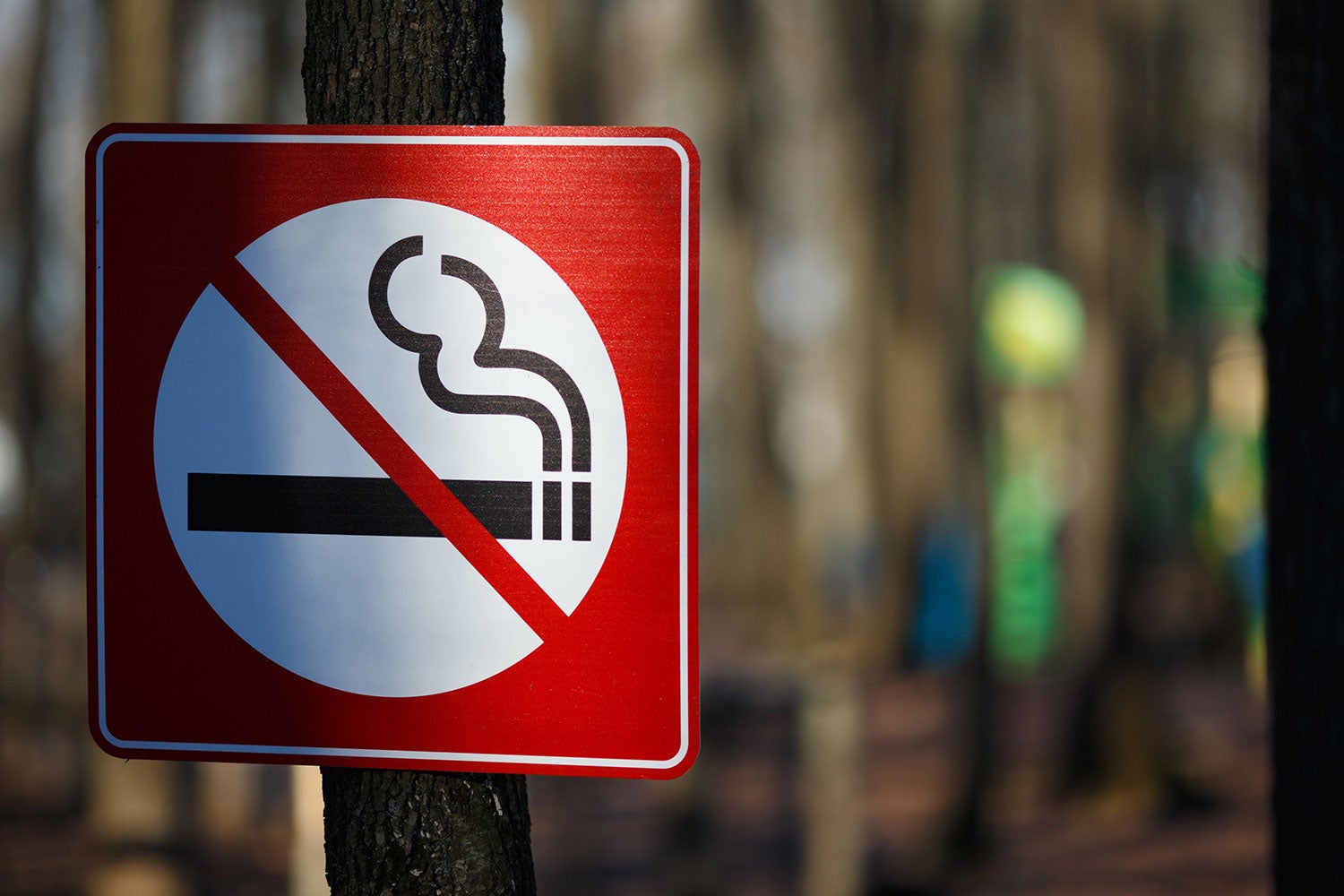
We know that smoking in bed is terrifically dangerous, but so is taking your smoke outside. There’s no shortage of wildfires that have been started by errant butts from San Diego County to Fort Collins to Canada and even the south of France.
The good news is that, according to Forest Service researchers, wildfire caused by smokers has dropped by almost 90% since the 1980s. That’s partly because fewer people are smoking in general and partly because of laws requiring cigarettes to be self-extinguishing.
Still, it’s always a good idea to use an ashtray and to never throw your butts out the window of your car or stamp them out on the ground.
As cannabis use rises across the country and more and more states legalize marijuana, it’s important to remember, too, to always extinguish your joints, spliffs, and blunts safely. Be as mindful of your butts as you would with cigarettes if you’re at a cannabis-friendly campground. There are also products you can buy to extinguish and store partially smoked tobacco or cannabis cigarettes, protecting both the freshness of your product and flammable materials nearby.
Campfires Can Grow Into Wildfire
Last but not least, there’s the cause of wildfires that Smokey the Bear warned you about. Unless there’s a burn ban, you don’t have to miss out on the roasted marshmallows. Just follow the Forest Service guidelines on how to build and extinguish campfires safely, and adhere to fire restrictions as they’re posted at your campground.
Keep in mind that some advanced levels of fire restrictions apply not only to campfires but also to camp stoves and grills.
Related Reading:
9 Ways Campers Can Help Prevent Forest Fires
More Resources for Wildfire Prevention
For information on current forest fires and how they might affect your upcoming camping trip, check out this interactive map during wildfire season. It aggregates data on the precise GPS coordinates of fires coast to coast, how many acres are affected, which federal, state, or local agency administrates the land the fire is on, and what the official name of the fire is.
For up-to-date information on air quality, the EPA has an interactive map called AirNow. Check it out before you go camping to be sure you won’t end up spending your whole weekend with watering eyes and a cough.
To learn more about fires and their role in forest ecosystems, check out Forest Fire Facts. They shed light on some of the research being done on fire prevention, how forests recover after wildfires, and what you can do to help.
Last but certainly not least, Forest Fire Facts also released a Wildfire Preparedness Sheet that lets you know exactly what to do in an emergency, who to contact if a wildfire starts, how to evacuate from a wildfire safely, and more. Consider carrying it with you in your emergency kit or laminating and posting a copy at your cabin, car, RV, van, or in your home, like you do for other emergency information.
The Dyrt is the only camping app with all of the public and private campgrounds, RV parks, and free camping locations in the United States. Download now for iOS and Android.Popular Articles:
Articles on The Dyrt Magazine may contain links to affiliate websites. The Dyrt receives an affiliate commission for any purchases made by using such links at no additional cost to you the consumer.

